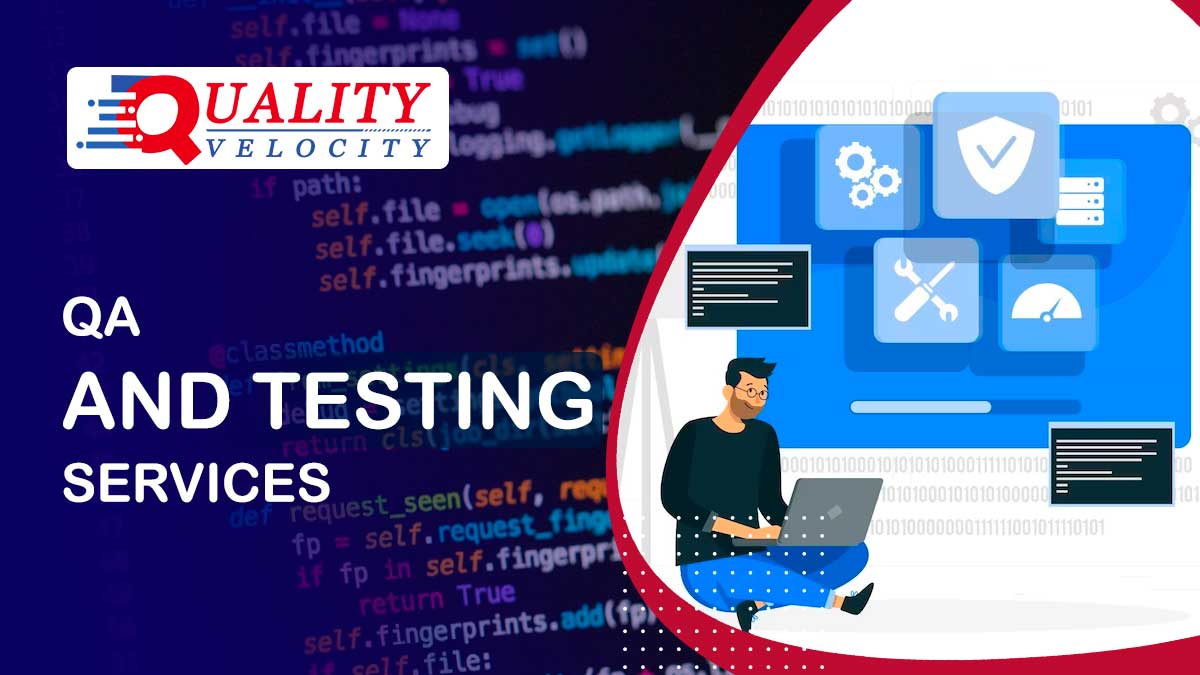Cybersecurity services encompass a range of practices, tools, and strategies designed to protect digital systems, networks, and data from cyber threats, attacks, and unauthorized access.
In an increasingly interconnected and digitized world, cybersecurity is crucial for businesses, organizations, governments, and individuals to safeguard sensitive information and maintain operational integrity. Here are some key components of cybersecurity services:
Risk Assessment and Management:
- Identify potential vulnerabilities and threats to your digital assets.
- Assess the potential impact and likelihood of different cyber risks.
- Develop a risk management strategy to prioritize and mitigate these risks.
Network Security:
- Implement firewalls, intrusion detection systems, and intrusion prevention systems to monitor and defend against unauthorized access and malicious activities.
- Secure network configurations and access control to prevent unauthorized users from gaining access.
Endpoint Security:
- Protect individual devices (computers, smartphones, tablets) from malware, viruses, and other threats.
- Use antivirus software, anti-malware tools, and regular software updates to maintain security.
Data Protection and Encryption:
- Encrypt sensitive data to ensure that even if it's intercepted, it remains unreadable without the decryption key.
- Use encryption for data in transit and at rest, both within the organization and when shared externally.
Identity and Access Management (IAM):
- Control user access to systems and data based on roles and responsibilities.
- Implement multi-factor authentication (MFA) to enhance identity verification.
Security Audits and Penetration Testing:
- Conduct regular security audits to identify vulnerabilities and weaknesses.
- Perform penetration testing (ethical hacking) to simulate real-world attacks and find vulnerabilities before malicious actors do.
Incident Response and Recovery:
- Develop a plan to respond to and manage security incidents.
- Implement backup and disaster recovery strategies to ensure data recovery in case of breaches or outages.
Security Training and Awareness:
- Train employees and users about best practices for cybersecurity, including recognizing phishing attempts and maintaining strong passwords.
Compliance and Regulations:
- Ensure compliance with industry-specific regulations (HIPAA, GDPR, etc.) to protect customer data and maintain legal obligations.
Managed Security Services:
- Some businesses opt to outsource cybersecurity functions to managed security service providers (MSSPs) for continuous monitoring, threat detection, and response.
Cloud Security:
- Implement security measures for cloud environments to protect data and applications hosted on cloud platforms.
Mobile Security:
- Secure mobile devices and applications to prevent data breaches and unauthorized access.
Cybersecurity is an ongoing process that requires constant vigilance, as new threats and vulnerabilities emerge regularly. By investing in cybersecurity services, organizations can ensure the confidentiality, integrity, and availability of their digital assets, protect their reputation, and maintain the trust of their customers and stakeholders.





